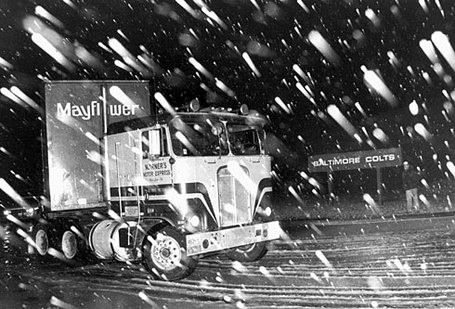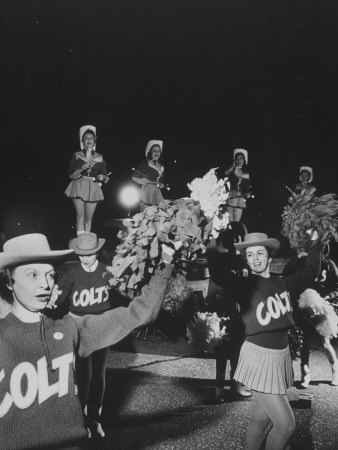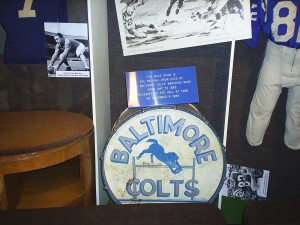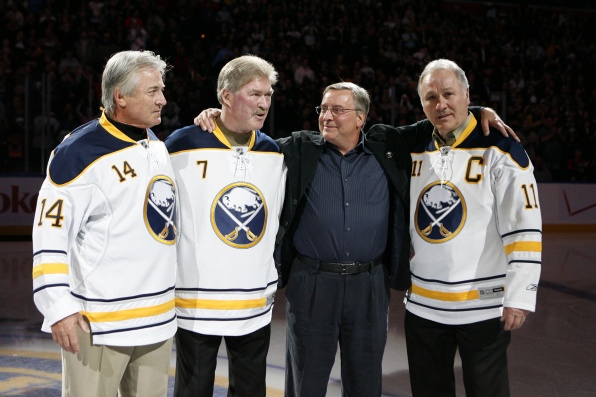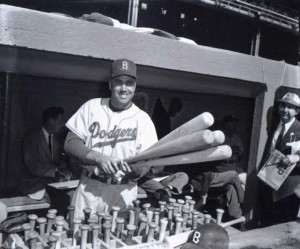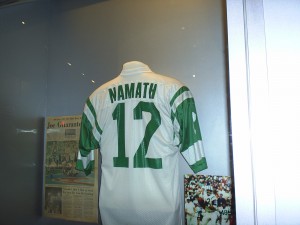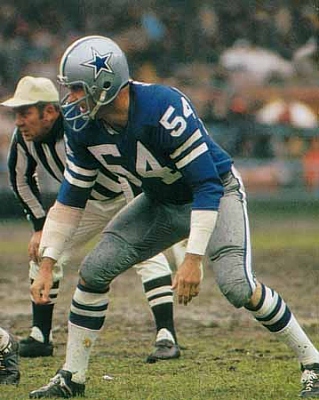March 28, 1984 – Colts flee Baltimore in the dead of the night.
March 28, 1984 was perhaps the darkest day in the sports history of the city of Baltimore. Twenty-seven years ago today, the people of that city woke up to the shocking news that in the middle of the night, Baltimore Colts’ owner Robert Irsay had packed up the team’s belongings on Mayflower moving vans and moved them out of the team complex to Indianapolis. Irsay had continually threatened to move if he didn’t get a new stadium, but the city’s politicians never really believed him, since the Colts were one of the NFL’s flagship franchises with a rich tradition. They had come into the league in 1953 as a replacement for the defunct Dallas Texans, and that horseshoe logo on the sides of their helmets had become one of the most recognizable symbols in pro sports. They had a long history of great players and coaches – John Unitas, Raymond Berry, Lenny Moore, Gino Marchetti, Don Shula, Bubba Smith, Mike Curtis, Bert Jones, Jim Parker, Art Donovan, John Mackey, Alan Ameche and Ted Hendricks. They had won four championships, including “The Greatest Game Ever Played”, their 1958 sudden death overtime win over the Giants. The team was so entrenched in the community that they had their own marching band and cheerleaders (see below). This was long before the Dallas Cowboy cheerleaders existed.
Baltimore Colts’ cheerleaders
Irsay became the most hated man in the city, not only for moving the franchise but for the sneaky, cloak and dagger manner in which it was done. When Irsay’s mother was contacted for her reaction to the move, this was her statement: “He’s a devil on earth, that one. He stole all our money and said goodbye. He (doesn’t) care for me. I (haven’t) even seen him for 35 years. My husband, Charles, sent him to college. I made his wedding. Five thousand dollars, it cost us. When my husband got sick and got the heart attack, he took advantage. He was no good. He was a bad boy. I don’t want to talk about him.” Irsay’s son Jim is currently the owner of the team, and after his father passed away admitted that he’d had a difficult childhood, and that his dad had problems with alcohol and wasn’t the most rational person to deal with most of the time.
There was a program aired recently on ESPN chronicling the Colts’ cheerleaders and band, which stayed together even after the team moved, playing charity events around the city and hoping for another franchise, which finally happened, ironically, in an even more controversial move when the Cleveland Browns moved to Baltimore. The city of Cleveland sued and forced Browns’ owner Art Modell to forfeit the Browns’ name and all the team’s records, so the relocated franchise became the Ravens, and the “new” Browns eventually came back into the NFL as an expansion team. In the ESPN show, the old Colt cheerleaders admitted it was painful for a long time after losing the Colts, but eventually they were able to forgive and forget and were now Raven fans. The show was taped the year after the Indianapolis Colts had won the Super Bowl behind the play of Peyton Manning, and the cheerleaders said they had actually pulled for Manning and the Colts to win, because Peyton reminded them of a young Johnny Unitas. Franchises move all the time in professional sports, but like the move of the Brooklyn Dodgers to the west coast in 1958, this was a move that not only relocated a pro sports team but ripped the heart and soul out of a community. Those types of moves are stark reminders that professional sports really are, more than anything else, a “business”, and always subject to the cold, heartless tactics of the business world.
Bass drum from the Baltimore Colts’ band on display at the Football Hall of Fame in Canton.
